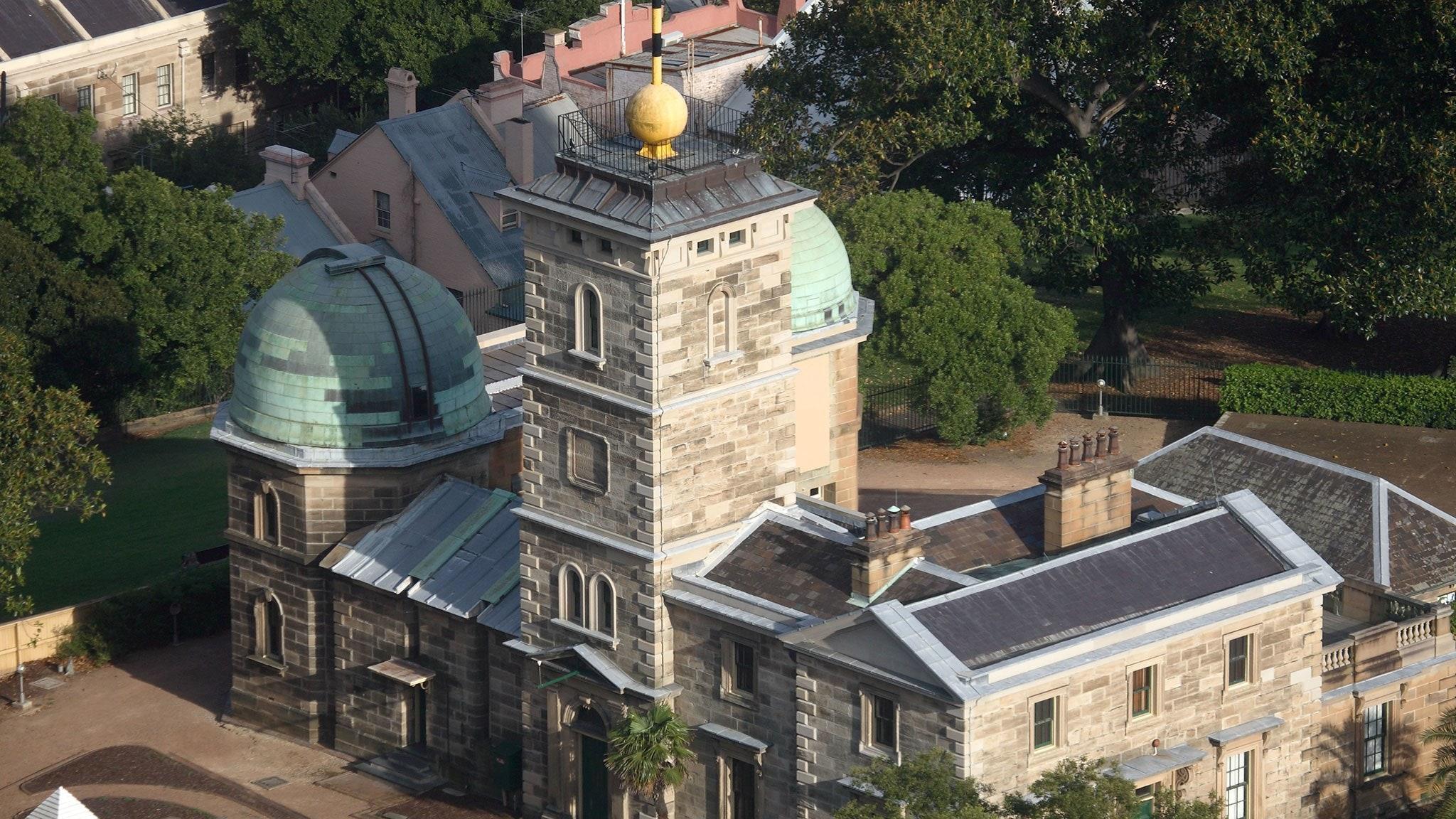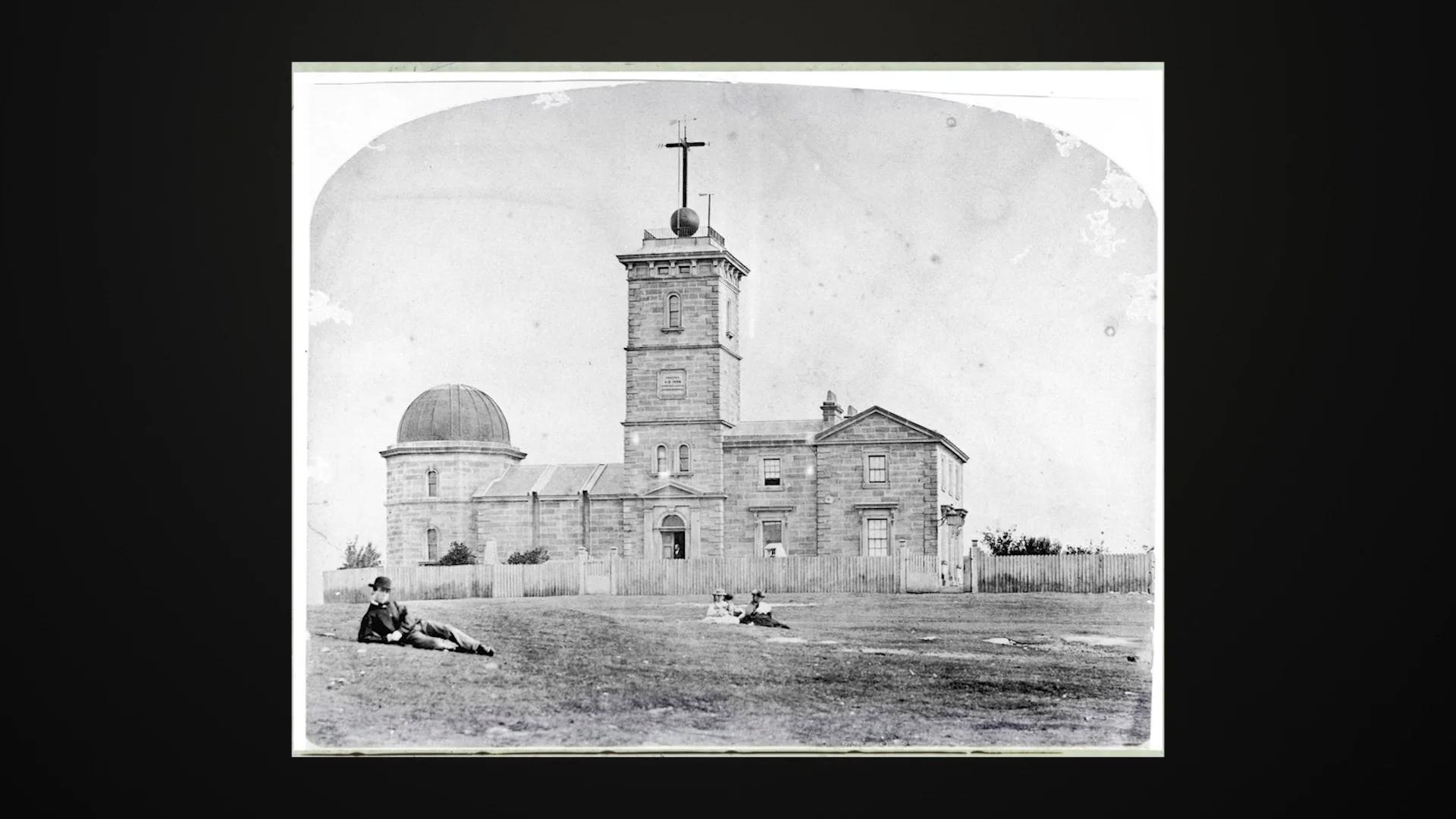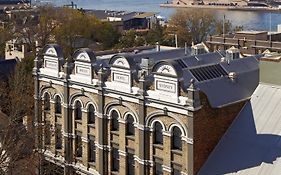
Embed Image

Embed Image
The Sydney Observatory, a pioneering astronomical center established in Sydney, Australia, holds a unique place in the city's history and culture. Built in 1858, the observatory played a significant role in measuring time and providing navigation assistance to ships entering the harbor. Its architectural style reflects the Victorian influence of the time, with its grand domes and towers adding to the city's skyline. Today, the Sydney Observatory provides visitors with an opportunity to explore its historical significance through guided tours, interactive exhibits, and hands-on learning experiences. The site also offers panoramic views from its observation decks, allowing visitors to marvel at the cityscape and learn about the stars and celestial bodies above.
Visitors to the Sydney Observatory can immerse themselves in its rich history and fascinating astronomical achievements. The site's unique features include its role as a time ball station, which was used to signal the time to ships in the harbor. The observatory has also been a center for academic achievement, with notable research areas and opportunities for visitors to attend lectures and workshops. Preservation efforts and restoration projects have ensured that the observatory continues to be a captivating destination, allowing visitors to engage with history and learn about the wonders of the universe.
Accessible to both locals and tourists, the Sydney Observatory offers a range of activities and events throughout the year, making it a compelling location to visit in Sydney. With its blend of historical significance, cultural symbolism, and interactive exhibits, the observatory provides a unique and educational experience for all who venture to its grand domes and towers. Whether exploring the guided tours, marveling at the city views, or engaging in hands-on learning experiences, visitors to the Sydney Observatory are sure to create lasting memories and gain an appreciation for the significant role it has played in shaping Sydney's history and scientific advancements.























